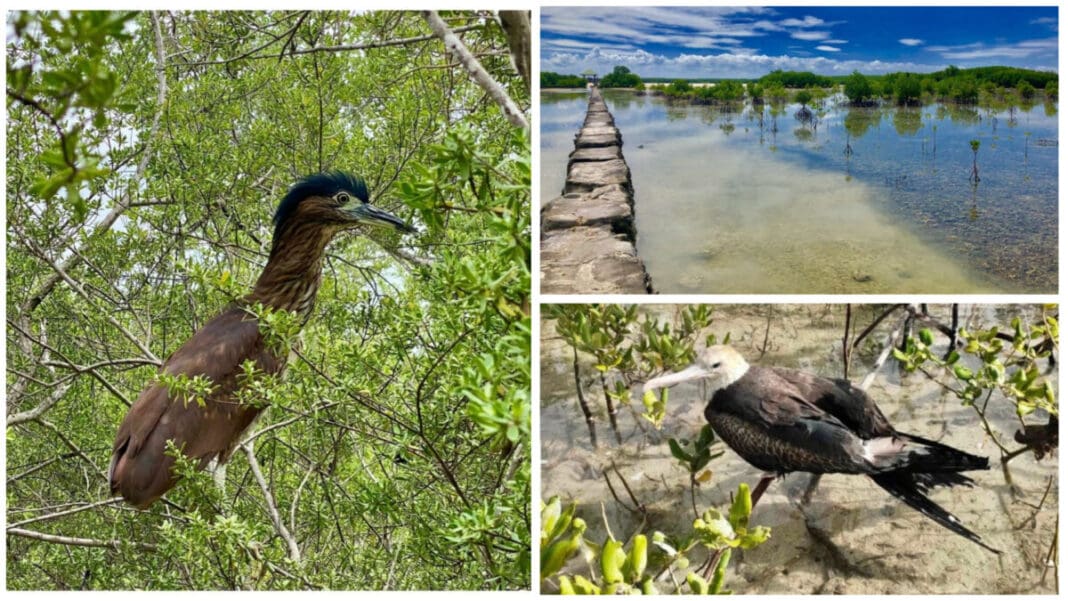Can you hear the birds sing… in Olango?
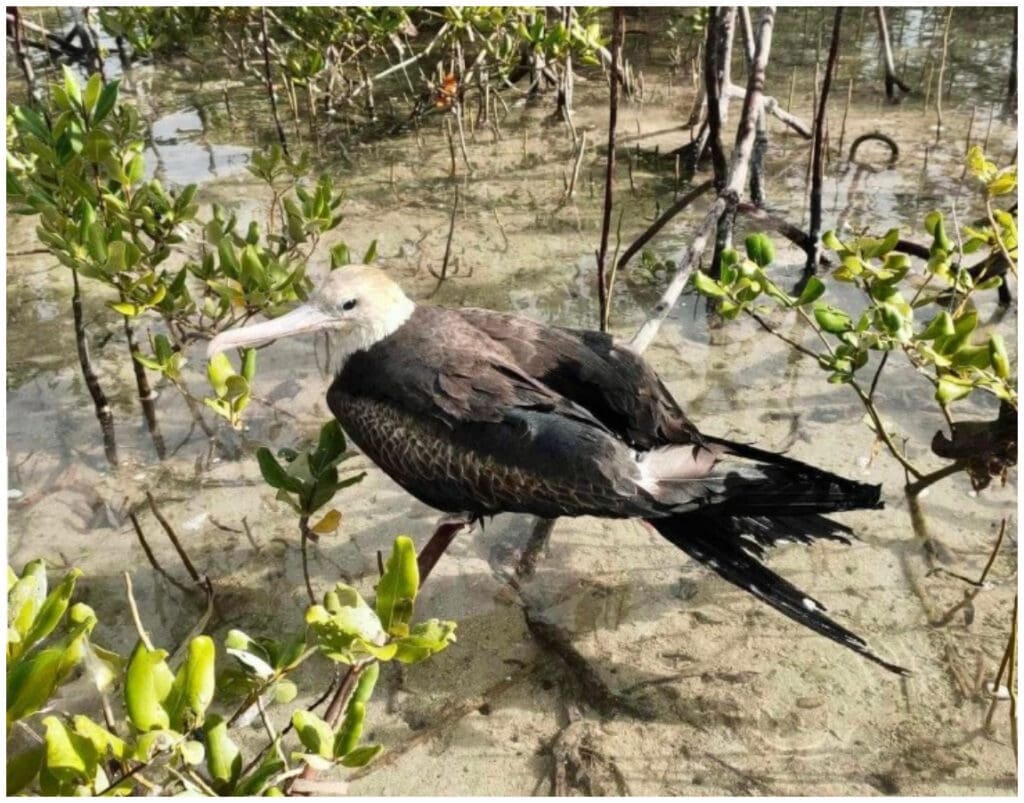
The Olango Island Wildlife Sanctuary, located 5 kilometers east of Mactan Island, is a critical refuge for migratory birds from as far as Siberia, Japan, and Northern China.
Comprising the main island of Olango and six smaller islets, Sulpa, Gilutongan, Nalusuan, Caohagan, Pangan-an, and Camungi, the sanctuary covers approximately one thousand hectares of protected wetlands, seagrass beds, and mangrove forests.
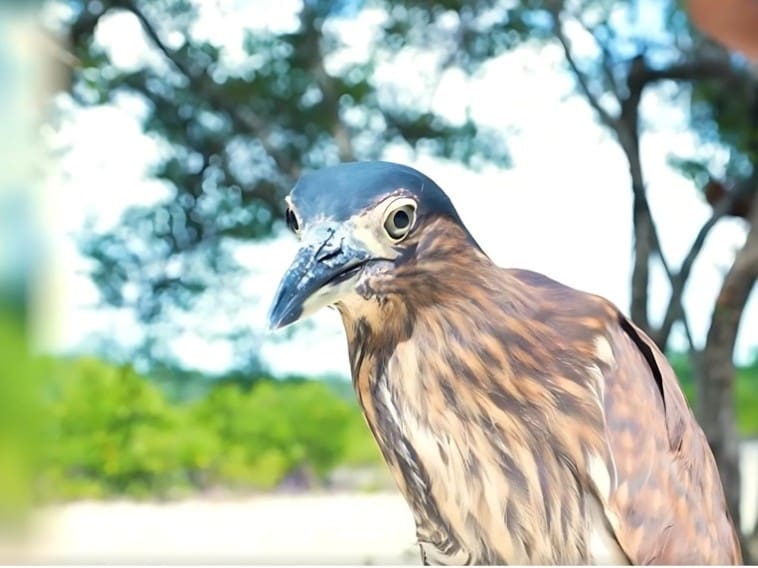
But, did you know that a famous bird also resides in this habitat? Get to know the Rufous Night-Heron in Olango!
The Rufous Night-Heron: A Notable Resident
Among the many bird species found in the sanctuary, the Rufous Night-Heron (Nycticorax caledonicus) stands out as a remarkable sight.

This medium-sized heron, known for its striking rufous and gray plumage, is a nocturnal hunter often seen perched silently in the mangroves during the day. As dusk falls, it emerges to hunt small fish, amphibians, crabs, and aquatic insects along the mudflats and shallow waters of Olango.
The Rufous Night-Heron plays a crucial role in the sanctuary’s ecosystem, controlling populations of small aquatic creatures and maintaining the ecological balance.

Visitors with keen eyes may spot this elusive bird lurking in the shadows of the mangroves or wading stealthily through the shallows in search of prey. Birdwatchers are encouraged to use binoculars or the spotting scope at the observation deck to catch a glimpse of this magnificent species.
Birdwatching and Conservation
The Olango Island Wildlife Sanctuary is home to 97 bird species, 48 of which are migratory.

Every year, from September to May, particularly between November and February, approximately 40,000 migratory birds stop here to refuel before continuing their journey south. The best time for birdwatching is at least two hours before high tide.

Birds use the sanctuary’s mudflats, sandbars, and mangrove forests for feeding, roosting, and nesting. Expert guides provide detailed insights into the birds’ migratory and hunting patterns, deepening visitors’ understanding of the delicate ecological balance.
A long concrete pathway leads visitors to the main feeding area, offering panoramic views of the immense sand flats. The sanctuary’s observation deck, though weathered, provides a vantage point for spotting birds.
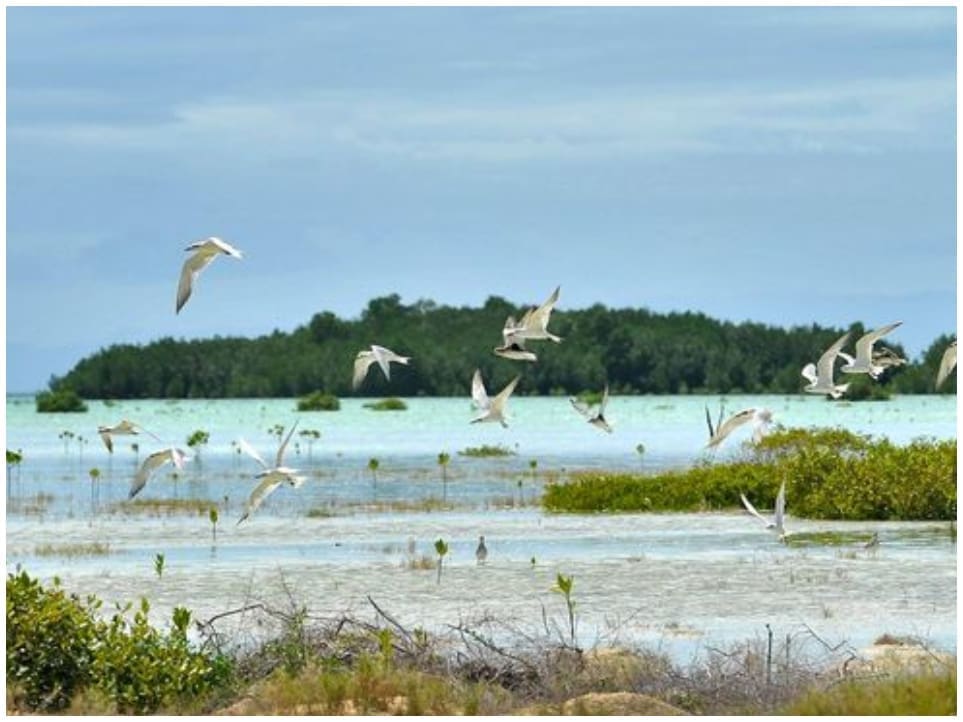
A spotting scope is available for close-up views of the avian visitors in their natural habitat.
Conservation Efforts and Activities
The Olango Island Wildlife Sanctuary is under the jurisdiction of Lapu-Lapu City and Cordova. It was declared a protected area by President Corazon Aquino in 1992 under Proclamation 903. Conservation efforts focus on maintaining the sanctuary’s ecological integrity while balancing tourism and local livelihoods.
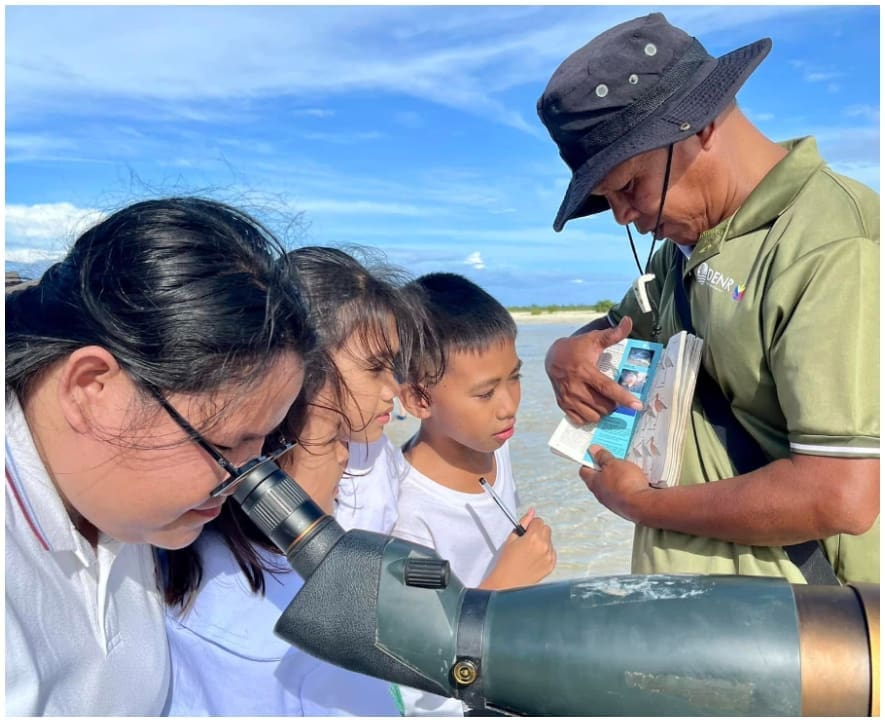
Visitors can engage in various activities, including birdwatching, swimming, camping, sightseeing, and diving.
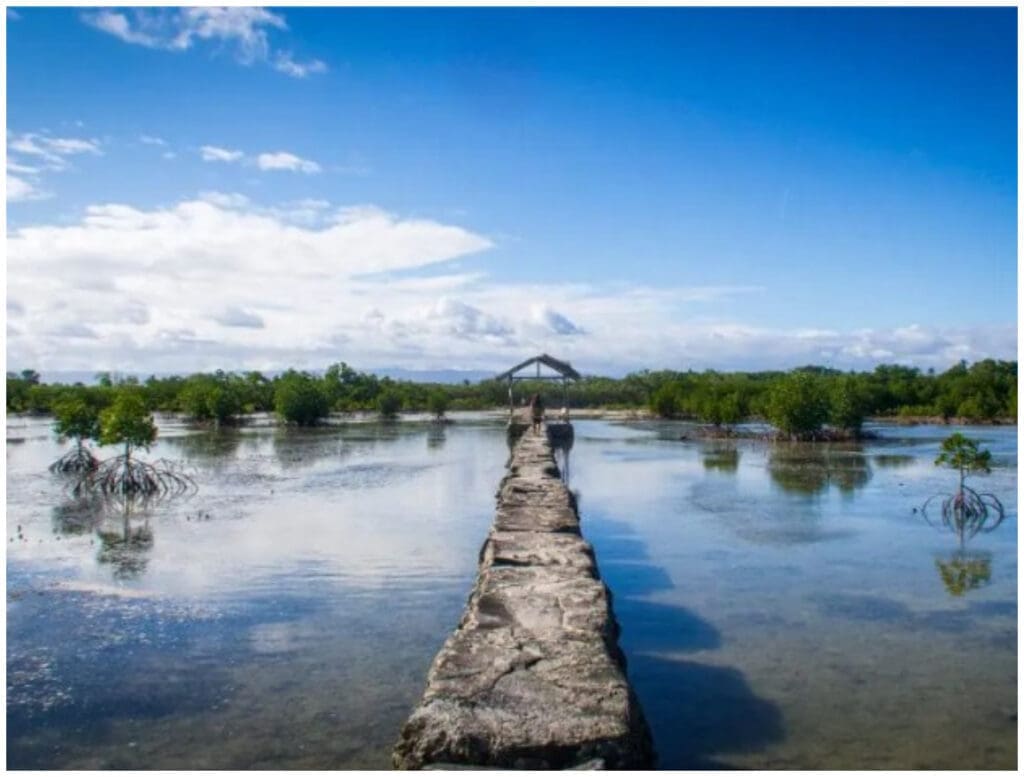
The Department of Environment and Natural Resources (DENR) continues to monitor and protect the sanctuary, ensuring that both locals and tourists contribute to its preservation.
Supporting conservation efforts through responsible tourism will help maintain Olango Island Wildlife Sanctuary as a thriving haven for birds and marine life for generations to come.
So, the next time you see a Rufous Night-Heron out in the wild, be mindful and keep watching from afar!

